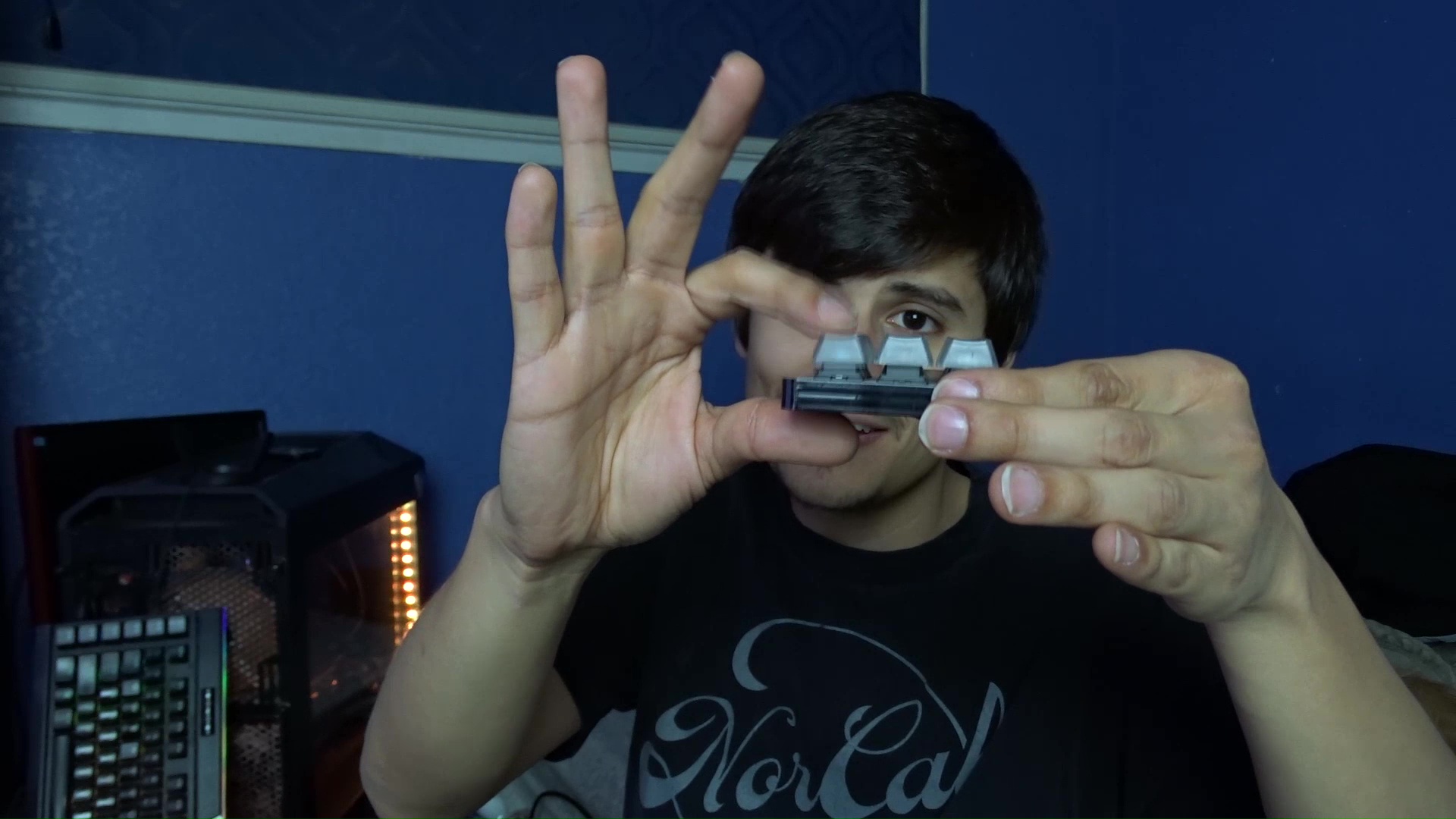Mechanical keyboards are considered the best type of keyboards on the market. Here’s a quick guide on determining which key switches are best for you.
Mechanical keyboards use various types of mechanical key switches to provide a specific feeling or resistance when you press a button. Unfortunately, each keyboard manufacturer uses their own names and color coding to identify their types of switches, and tech YouTubers are often unhelpful because of their tech jargon and lengthy videos filled with advertisements and terrible humor.
There are really three basic types of mechanical key switches: linear, tactile, and clicky. Linear provides no resistance when pressing a key, tactile gives a light click when you press and reach the bottom of the key, and clicky gives a more defined click when you press and reach the bottom of the key.
There may be different versions of linear of tactile from the same company, but that often means the distance the key must travel before reaching the bottom (bottoming out) and registering the key stroke. Other options might reduce the sound of a key stroke.
Linear keys were my first option because various tech YouTubers promoted Cherry MX Red switches, and linear key switches in general, to quickly register a key stroke when gaming. This might be useful for a quick response in gaming, but it is terrible when using the keyboard for anything else. Typing would always cause massive spelling errors if I simply brushed against another key.
I returned my linear keyboard and purchased a tactile keyboard with Cherry MX Brown switches. This is the perfect middle ground between typing and gaming because there is a light click to let you know the key registered, and other keys do not accidentally register if your finger barely touches them.
While I have used a clicky keyboard at a friend’s house, I felt the noise coming off when typing would be too much for myself and my family when writing articles or papers for school. Some might be fond of that sound and the harder click when pressing a key, similar to pressing the top of a pen, but I’d much rather have a keyboard with tactile switches instead.
If you have an extra $20 to spend, I would suggest purchasing a key switch tester off Amazon to be sure you know the type of key switch you would like to use. But I can understand if you are saving your money to purchase one of those expensive, premium keyboards.
At this time, mechanical keyboards are the superior option. Laptops commonly use the inferior scissor switches, and cheaper keyboards often use rubber dome switches that are similar to soft or mushy tactile key switches. A relatively newer option that is still uncommon are laser key switches. These use a laser to determine when a key switch reaches the bottom of the key stroke.
Which keyboard key switches do you own? Would you like to buy a different set? Comment below!

